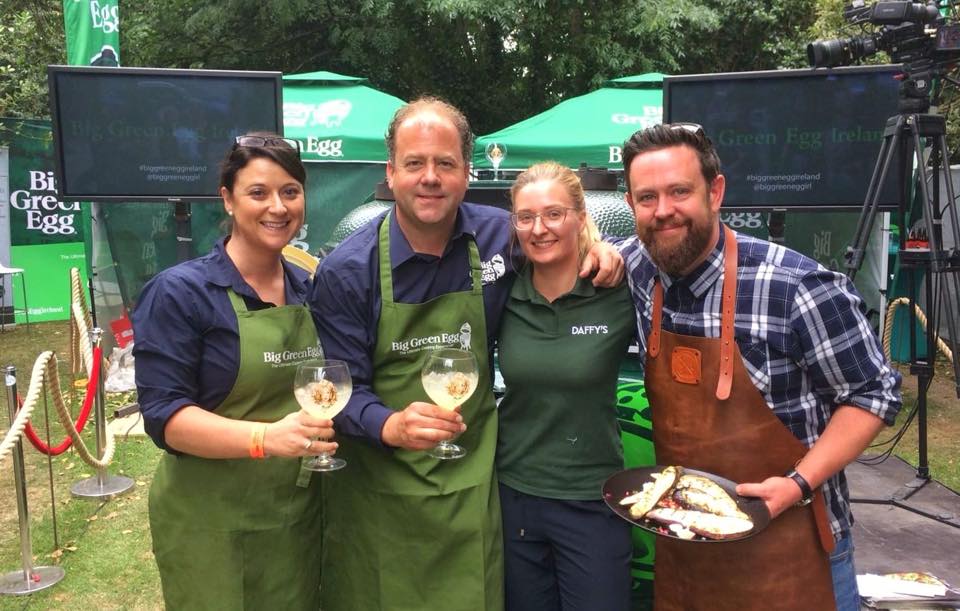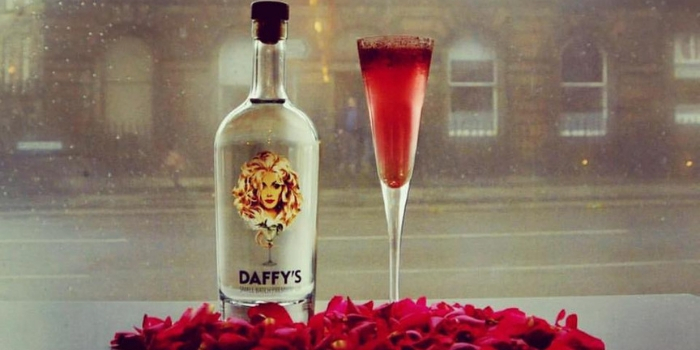Super Early Deadline
30 November 2025
Judging
Date
24 & 25 March 2026
Winners Announcement
22 April 2026
30 November 2025
24 & 25 March 2026
22 April 2026

Nestled amongst pine trees in the heart of the Scottish Highlands sits Strathmashie Distillery, located within an area of outstanding natural beauty at the geographical centre of Scotland in the Cairngorms National Park.
The distillery is situated within the grounds of Strathmashie House, a Victorian shooting lodge visited by Queen Victoria and Prince Albert in the summer of 1847 and is the brand home of Daffy’s Gin.
They started by using the finest pure wheat grain spirit from northern France that they could find, then, distilling it in the same manner as malt whisky on an ancient single batch copper pot still. The botanicals that they steep and distil are a combination of traditional (juniper, coriander seeds, cassia bark) and the new- Lebanese Mint and a rare variety of lemons).

The quality of the base spirit they use, along with how they steep and distil their botanicals results in a deeply complex and well-balanced spirit that is exceptionally good to drink on its own over ice, in cocktails or as a life-changing D&T with fresh mint and lime. Lebanese mint as a botanical brings an extraordinary freshness to Daffy’s complimenting their other tasting notes of toffee, citrus, spice caramel and fresh mint.
DAFFY’S GIN
Daffy’s is a gin like no other, created from the finest French grain spirit, distilled on an ancient copper pot whisky still with Lebanese mint and the finest botanicals to create a gin that is classic, complex, perfectly balanced and fresh with a world of intrigue.
The Gin has been crafted to be enjoyed straight over ice like the finest of malt whiskies, to make the ultimate D&T, the very best of Negroni and other great cocktails.

THE BOTANICALS: FROM ITALY TO INDONESIA
LEBANESE MINT – LEBANON
The Lebanese Mint used in Daffy’s Gin is grown in the Becca Valley in Lebanon, on the distiller’s father-in-law’s farm. Lebanese mint when dried gives Daffy’s its indisputable buttery, creamy, toffee notes.
JUNIPER – BALKAN STATES
Juniper is the constant botanical in all gin. Gin can indeed not be classed as gin without this berry-like botanical. Grown in the Balkan states of Southeast Europe, Daffy’s juniper variety has within it many complex flavours, allowed to the sun, chalky soil and hydrocarbons naturally present. The piney notes come from a specific hydrocarbon responsible for around 45% of the total aroma alongside other floral and woody notes.
CORIANDER SEEDS – BALKAN STATES
Coriander is a very popular botanical when it comes to gin – only second to Juniper. The coriander seeds used in Daffy’s gin are carefully sourced from Southeast Europe, the location determined again by the soil types that have a huge impact on the flavour profile of the coriander seeds themselves. Coriander seeds, once steeped and distilled, have a complex flavour that is nutty, zesty, and with orange spicy notes.
ANGELICA ROOT – BELGIUM
Angelica could be regarded as the third most popular gin botanical after Juniper and Coriander. In fact, many people often confuse the taste of angelica with the taste of juniper, not because the two are alike, but because both are so prevalent in the taste of gin. Angelica, once distilled has a particularly earthy taste, with a hint of bitterness and with fine herbal notes.
LEMON PEEL – ITALY
Lemons are first thought to have been brought over to Europe from Persia and Medina through Greece. It is their Italian lemon peel that gives Daffy’s its immediate zesty and citrus nose. Lemon peel provides the freshness in Daffy’s and the crispness that underlies the other more complex aromas.
CASSIA BARK – INDONESIA
The tree from which Cassia bark is taken originates from Southern China and has long been used in the treatment of fever. Cassia bark, while often mistaken for cinnamon, is a relative of cinnamon but with a much sweeter finish. Cassia bark can often be identified in a gin for its almost liquorice-like taste and hot Christmas-invoking spicy aromas.
ORRIS ROOT – MOROCCO
Orris root comes from the root of an iris plant and is often used in the manufacture of perfumes. The plant is usually harvested after its third year of growth and is left to dry for up to two years until it has a chalky appearance. They dry their orris root for five years. Orris root itself has a beautiful scent of violets and is used in Daffy’s to harmonise and bond all of their other flavours together.
Show your spirits where it matters. Get your products tasted by top bartenders, buyers and experts at the London Competitions — enter now.